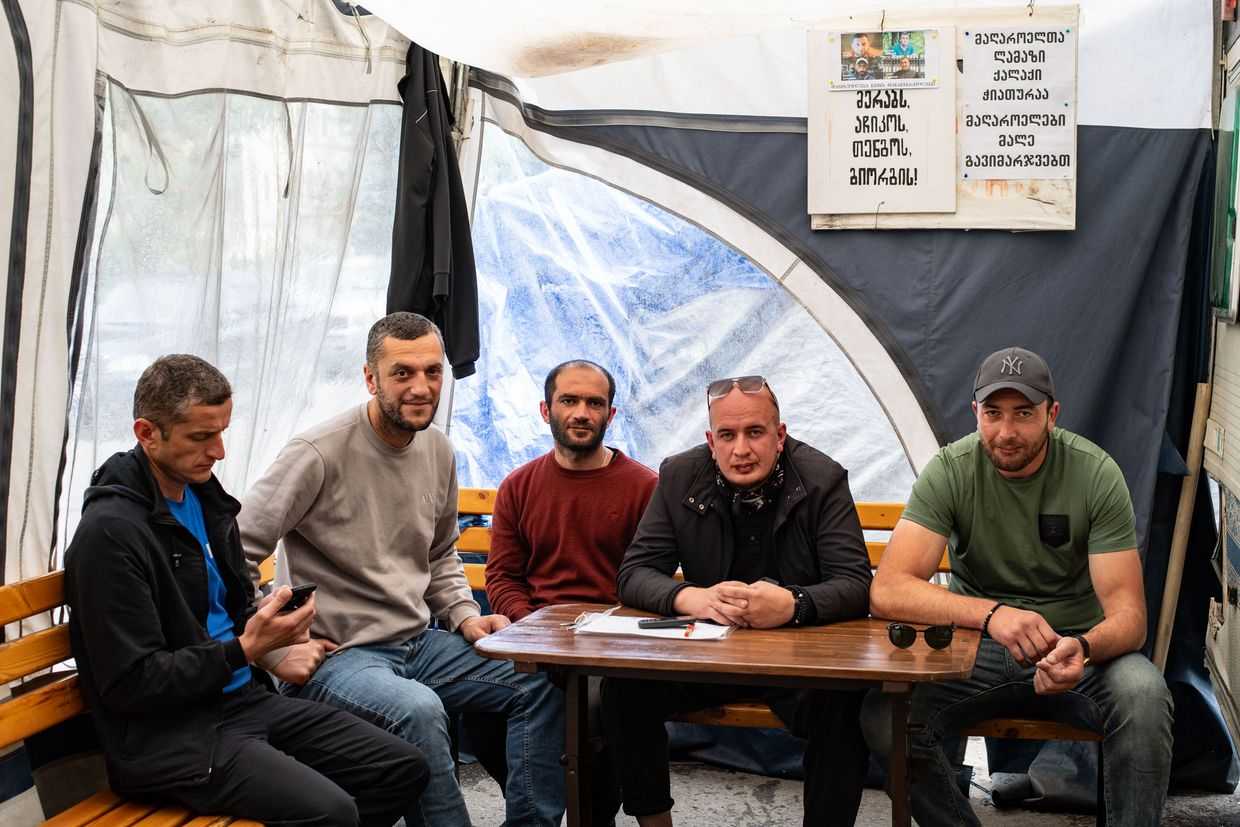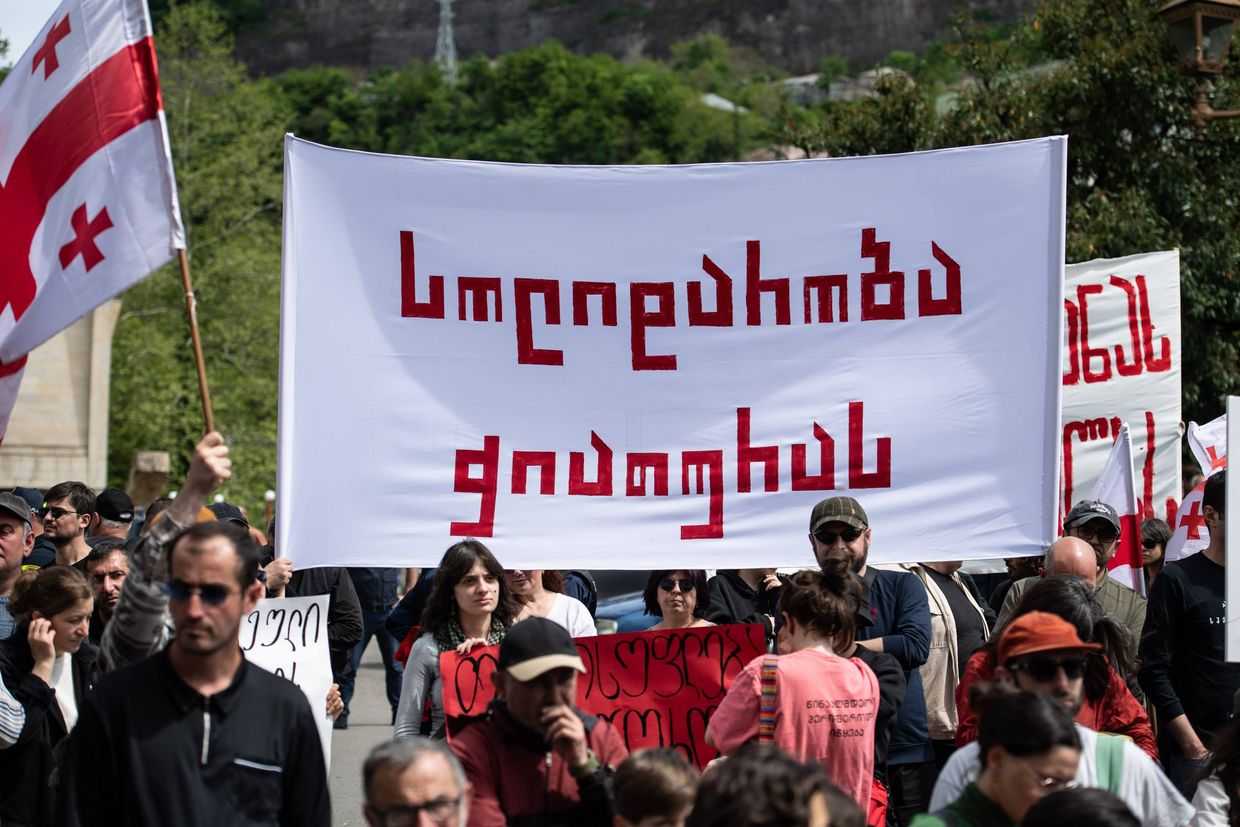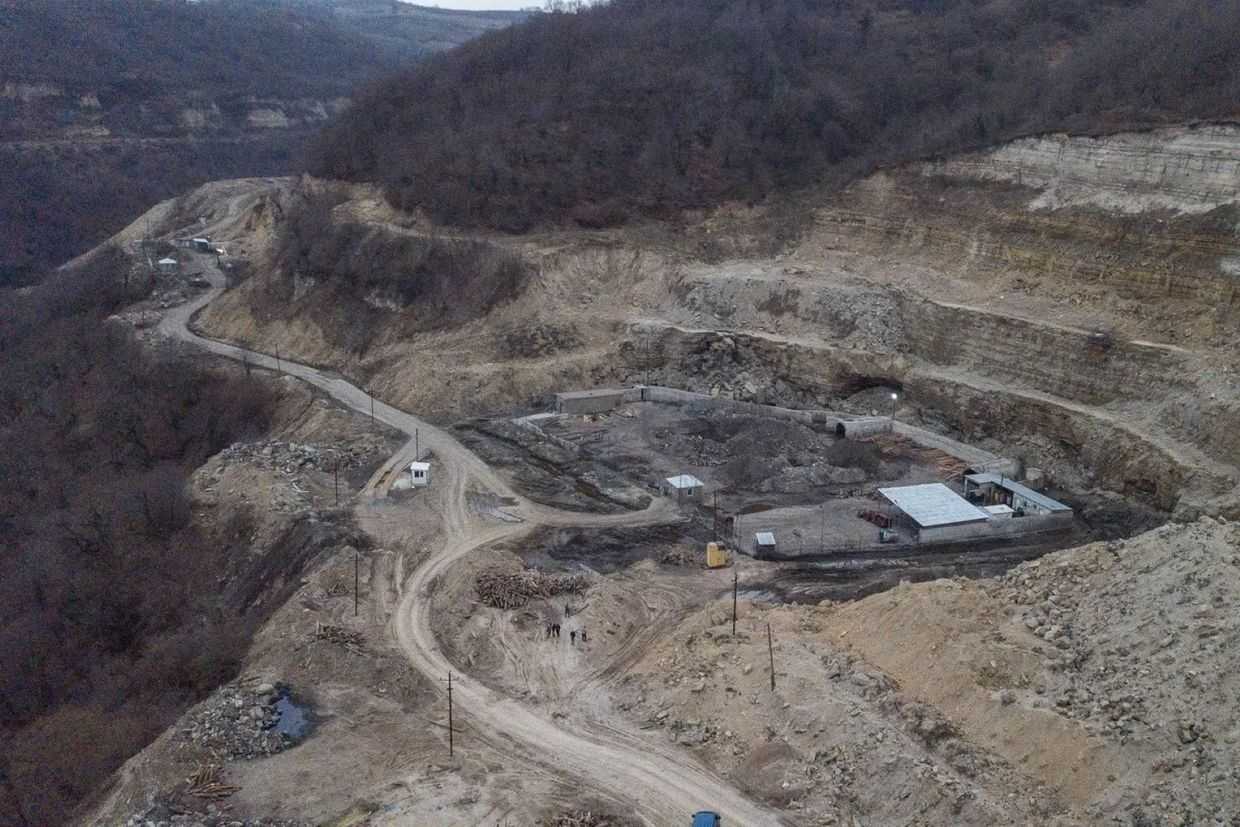
The Zestaponi Ferroalloy Plant and all manganese mines in Chiatura, both owned by the mining company Georgian Manganese, have temporarily stopped work until 1 March 2025.
On Thursday, Georgian Manganese published a statement saying that until 1 March, a temporary management regime would operate at the Zestaponi Ferroalloy Plant.
The plant is Georgia’s largest silicomanganese processing plant.
Georgian Manganese is the largest mining and ferroalloy manufacturing company in Georgia, where up to 6,000 people work, according to RFE/RL.
The company promised to pay employees not directly involved in repair works 60% of their salary and to maintain family insurance packages.
In addition, the company it would ‘ reimburse 100% of the salary to the part of the employees who will be involved in the current and planned capital repair works’
The company’s statement did not clarify how many employees would be affected by the current process.
Georgian Manganese cited a sharp drop in silicomanganese prices in the world market, a ‘reduction in demand’ over the past two years, and complicated circumstances, accompanied by a shortage of ore as the primary reasons behind the decision.
Speaking further about the shortage of ore, Georgian Manganese stated that their contractor, Chiatura Management Company, ‘couldn’t ensure ore supply to the plant for eight months due to the picketing of the mines by the local population. With the paralysis of seven mines out of 12, the extraction of ore in Chiatura has decreased by 70%’.
The same day, the Chiatura Management Company stated that ‘due to the financial crisis that arose as a result of the radical protest of the people of Shukruti village, the production process in Chiatura was completely stopped’.
Residents of Shukruti have demanded an assessment by the National Forensics Bureau of their property, as well as to receive adequate compensation from the company for the destruction of their homes during mining operations under the village.
[Read more: In Pictures | Living on the brink of collapse in Shukruti]
Georgian Manganese owns the sole licence to operate mines in the Chiatura region, where residents have spoken out about how mining has destroyed houses and spoiled the land for agriculture.
According to protesters, out of around 40 families protesting, 25 have received no compensation, six received the majority of the promised compensation, and the rest received a limited amount of compensation, mostly for land rather than their houses.
[Read more: Dying on the steps of parliament — Georgia’s Shukrutians make last bid for their homes]
Demonstrators from Shukruti, who have been protesting for almost eight months to raise awareness of the damage caused by manganese mining under their village, moved their protest to Tbilisi on 12 September.
On 24 October, however, demonstrators ended their protest in Tbilisi after two weeks of unsuccessful negotiations and ahead of the Georgian parliamentary elections.
Since then, protests have continued in Shukruti.









